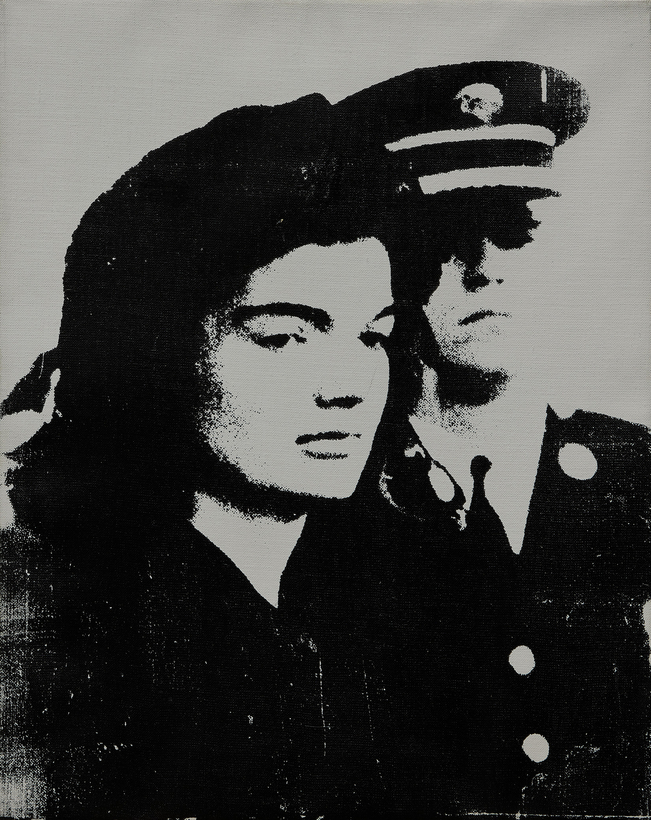The personal collection of artists Jeanne-Claude and Christo goes on sale this week at Sotheby’s in Paris. Here is a fleeting glimpse into the private life of the couple who won renown making monumental, yet momentary, works of public art. The offerings in this sale once covered the walls of Jeanne-Claude and Christo’s New York home of 56 years, at 48 Howard Street.
Born on the same day, June 13, 1935—she in Casablanca, Morocco; he in Gabrovo, Bulgaria—the couple met in 1958 in Paris. Christo had boldly defected from the East the year before, at age 21. “I had a choice,” he told me when we met in 2016. “I could have stayed or left, so I just went.” He left everything behind and hit the road, where he knew no one and washed dishes to survive. Eventually Christo found his way to Paris, where, painting a portrait of Jeanne-Claude’s mother, he met the woman who would become his creative and life partner.
In 1964, having traveled by sea, Jeanne-Claude and Christo arrived in New York carrying two mattresses; their son, Cyril; and Gerrit Rietveld’s Constructivist Hoge armchair (in wenge, and included in the auction). They rented two rooms in the five-floor building on Howard Street that they later bought. In the same year, Christo’s show “Store Fronts” opened at the Leo Castelli Gallery. The couple was now part of the New York art scene.
Their collection holds a stunning Andy Warhol Jackie (1964), acquired from the art critic David Bourdon, who later wrote a book about the couple. A Lucio Fontana canvas, Concetto Spaziale, Attesa (1963), was chosen by a young Jeanne-Claude at the artist’s studio in Milan. And the Yves Klein work Blue Monochrome (1958) was given to the couple in 1962, the year of Klein’s tragically early death. These and other pieces will be included in the live auction on February 17.
The online portion of the sale, through February 18, has the lion’s share of the pieces and reveals a fascinating web of friendship and connection—from Genpei Akasegawa to David Yust. There are New Year’s cards from artists Michelangelo Pistoletto and Arman and works by Joseph Beuys, Marcel Duchamp, Ray Johnson, André Cadere, and Nam June Paik (a small RCA television with a goldfish swimming inside). The collection is extremely charming, well worth an hour or two of scrolling, and several of the estimates are quite reasonable.
Alongside “Unwrapped,” full-scale celebrations of the artists—Christo died just last year—are scheduled for this fall. In Paris, from September 18 to October 3, look for an Arc de Triomphe wrapped in silvery-blue fabric with red ropes. —Sarah Hyde
